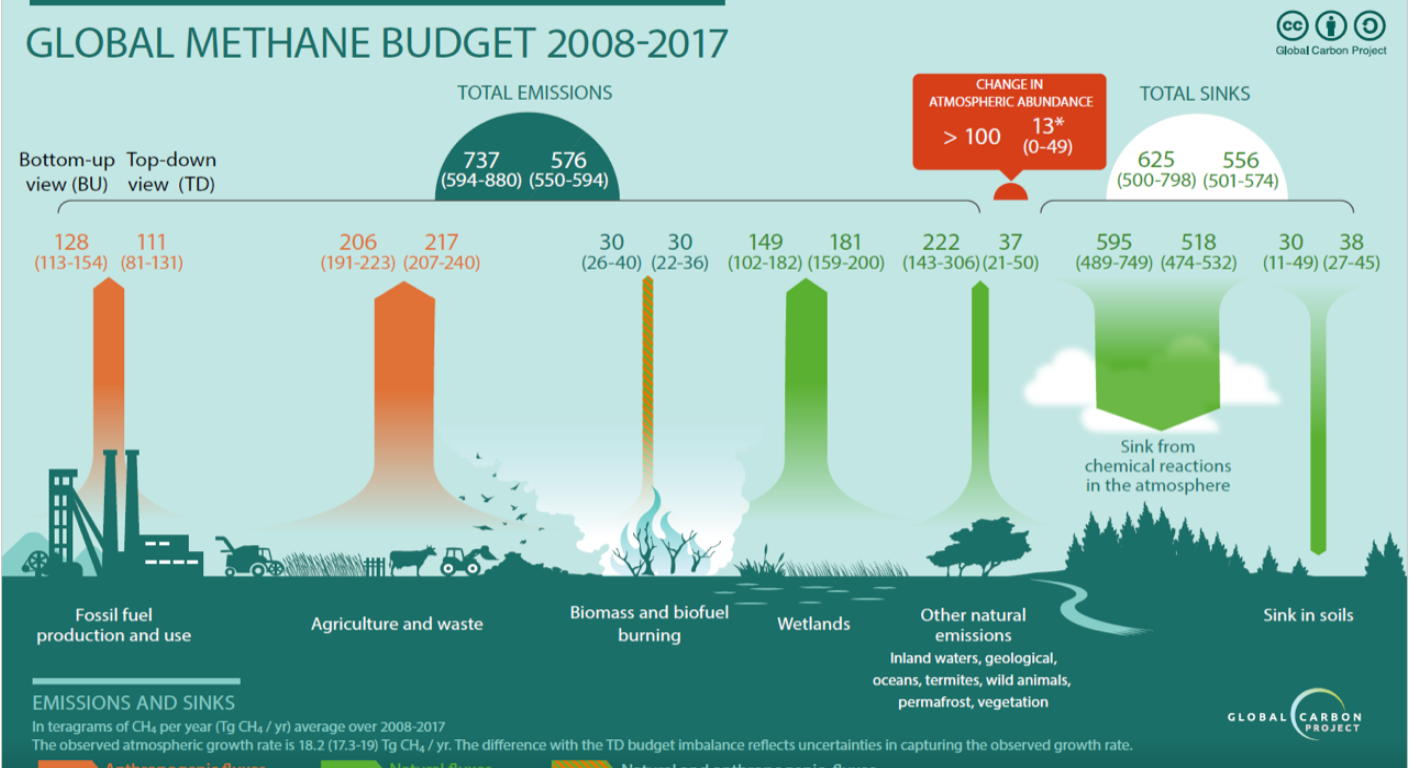Methane + Sunlight + Catalyst = Emissions-Free Hydrogen, Say UCF Researchers

Hydrogen — it’s in the news everywhere you look. Hydrogen to power zero emissions cars and trucks, green steel, renewable fuels, and climate friendly fertilizers. Hydrogen could be the key to ridding the world of the scourge of fossil fuels, many believe. But how to get it?
Although it is a primary component of water and fossil fuels, it bonds so tightly to other atoms, it takes a lot of energy to break those bonds. In most cases, the energy needed comes from burning fossil fuels, which rather defeats the whole “zero emissions” nature of hydrogen.
The Biden administration plans to promote hydrogen with a $3 per kilogram production tax credit that is baked into the Inflation Reduction Act. The issue for environmentalists is that making green hydrogen by passing an electric current through water takes an enormous amount of power. They worry that new hydrogen electrolyzers will gobble up most of the renewable energy available, which will force utilities to fall back on thermal generation to make up the difference.
Hydrogen Production Breakthrough
Making hydrogen by reforming methane gas, which is how the US gets more than 95% of its supply, creates enormous carbon emissions in the process. But what if there was a way to make hydrogen from methane at room temperature using only sunlight with no carbon dioxide emissions? Is that something the world would like to know more about? Oh, you betcha!
Researchers Richard Blair and Laurene Tetard, both professors at the University of Central Florida, say they have developed a process that allows methane to be converted into hydrogen and carbon at room temperature using nothing but sunlight. As often happens in scientific projects, the discovery was largely accidental (The glue used for Sticky Notes resulted from the search for a high strength airplane adhesive.)
The technology the team developed for making carbon from defect engineered boron nitride using visible light came unexpectedly. Blair says that to analyze the catalyst’s surface, they would place it in a small container, pressurize it with a hydrocarbon gas such as propene, and then expose it to laser light.
“Each time, it did two things that were frustrating,” he says. “The catalyst itself emitted light that obscured any data we needed, and the student kept saying, ‘it’s getting burned’ and I would say that’s impossible. There’s no carbon on the catalyst.”
Tetard adds, “And there was no oxygen.” They were stumped. “If we wanted to study that burning spot, it needed to be bigger.” Once they managed to produce a larger sample, they put it under the electron microscope. “We started seeing some lines, but it’s a loose, messy powder, so it shouldn’t be ordered. But when we zoomed in some more, we saw some carbon and lots of it, with the defect engineered boron nitride powder clinging to the top of it.”
What was seen as a problem was actually serendipitous, as the discovery would allow hydrogen production at low temperatures and the production of carbon as a byproduct with no release of greenhouse gases or pollutants. That last part is the key to why this discovery is important.
Let The Sunshine In

The law of unintended consequences, green hydrogen edition, is on full display in Russia’s misbegotten war on Ukraine (image courtesy of US DOE).
The technology developed by Tetard and Blair is a method for producing carbon nano-scale and micro-scale structures with controlled dimensions. It uses light and a defect engineered photocatalyst to make patterned, well defined nano-scale and micro-scale structures from numerous carbon sources. Examples include methane, ethane, propane, propene, and carbon monoxide.
“Our process takes a greenhouse gas — methane — and converts it into something that’s not a greenhouse gas and two things that are valuable products, hydrogen and carbon,” Blair says. “And we’ve removed methane from the cycle.”
Boron Nitride As A Catalyst
The researchers say the technology for producing hydrogen was actually inspired by an earlier innovative method of theirs that makes carbon from defect engineered boron nitride using visible light. Defect engineering refers to creating irregularly structured materials.
Catalysts often consist of metals. Boron nitride, sometimes called “white graphite,” has many industrial uses due to its slippery properties, but not for catalysis. “Until we came along, that kind of boron nitride was considered just inert,” Blair says. “Maybe a lubricant, maybe for cosmetics. But it didn’t have any chemical use. However, with defect engineering, the research team found that the compound had great potential for producing carbon and green hydrogen, possibly in large volumes.”
No Contaminants
Compared to other methods, the process created by Blair and Tetard is an improvement because it doesn’t require significant energy, time, or special reagents or precursors that leave impurities. All that’s left is carbon and some traces of boron and nitrogen, none of which are toxic to humans or the environment.
The UCF invention produces hydrogen that is free from contaminants, such as higher polyaromatic compounds, carbon dioxide, or carbon monoxide, which are common in reactions performed at higher temperatures on conventional catalysts.
The photo-chemical transformation technology lends itself to many applications, the researchers claim, including sensors or new components for nano-electronics, energy storage, quantum devices, and green hydrogen production. Market applications include possible large scale production of hydrogen in solar farms and the capture and conversion of methane.
Hydrogen Two-For-One
“That invention is actually a twofer,” Blair says. “You get green hydrogen, and you remove — not really sequester — methane. You’re processing methane into just hydrogen and pure carbon that can be used for things like batteries.”
He says traditional hydrogen production uses high temperatures with methane and water, but in addition to hydrogen, that process also generates carbon dioxide. Knowing this, he believes countries that don’t have abundant sources of power could use the invention since all they would need is methane and sunlight to make hydrogen.
The dream is to make high performance carbon materials from methane, which is currently not done very well. This invention would be a way to make such materials from methane in a sustainable manner on a large industrial scale,” Blair says.
“Now you’re talking high dollar applications, perhaps for medical devices or new chemical sensors. This becomes a platform for developing all sorts of products. The application is only limited by the imagination.” Since the growth process is tunable at different wavelengths, design methods could incorporate various lasers or solar illumination.
Tetard and Blair joined forces shortly after meeting in 2013 at UCF’s physics department. Blair had just discovered catalytic properties in the chemical compound boron nitride that were “unheard of” and wanted to publish the information and do more research. “I have strengths that complement Laurene’s strengths. It made sense to see if we could do something together and if she could add some insight to what we were seeing.” In this case, two heads really are better than one.
















